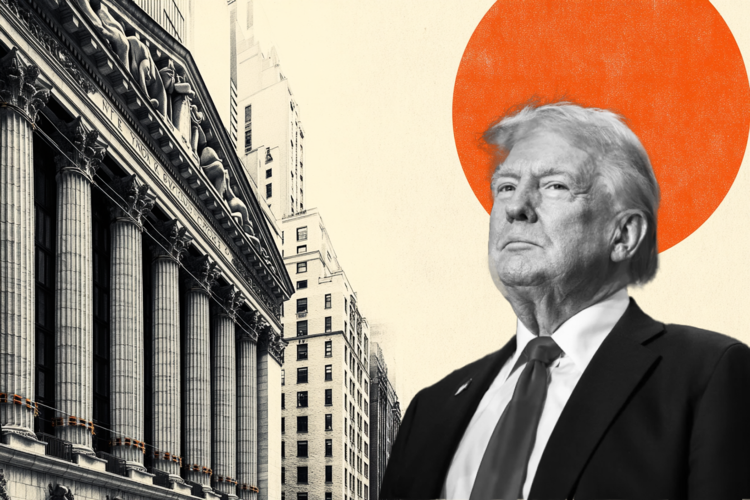In 2012, there were 7.5 million households in Brazil with a single resident. In 2021, that number rose by 43.7% to nearly 10.8 million. The data appears in the new Continuous National Household Sample Survey (Pnad Contínua), released today (22) by the Brazilian Institute of Geography and Statistics (IBGE).

The survey also records the proportional increase in residences in the country where only one person lives. In 2012, they were 12.2% of the total number of households in the country. Nine years later, they represent 14.9%.
Pnad Contínua gathers information related to general characteristics of households and residents from all regions of Brazil. The new edition brings the results for the year 2021, allowing comparison with previous years. There are data on the composition of the resident population in the country in terms of sex, age and race. They enable analysis from social and demographic frameworks.
Most people who live alone are men. On the national average, they represent 56.6% of these residents. In the regional cut, they exceed 60% in the North and Northeast. On the other hand, 43.4% of residents in the country are female: in the Southeast and South this percentage is above 45%.
“Almost 60% of women who live alone are 60 years old or older. While among men, this is more evenly distributed. But population aging can contribute to the increase in these single-person households”, observes IBGE analyst Gustavo Fontes. He adds that the data may also reflect other cultural issues and the evolution of urbanization.
According to Pnad Contínua, the most frequent form of home arrangement involves a nucleus formed by a couple with or without children or stepchildren. This is the reality of 68.2% of households in the country. Units where two or more relatives live together represent 15.9% of the total.
Population numbers were estimated by sampling. With the completion of the demographic census this year, which will offer a more accurate database and incorporate the effects of the covid-19 pandemic, the results of the Continuous Pnad may undergo adjustments. The IBGE, however, assesses that there will possibly not be major differences considering the country’s population universe.
Sex
In the IBGE estimate, there were 212.7 million residents in 2021, of which 108.7 million were women (51.1%) and 103.9 million were men (48.9%). The research shows that there has been no relevant change in these shares since 2012. The ratio of 95.62 men for every 100 women in Brazil represents a value close to the 95.99 calculated nine years ago.
In terms of age, the survey shows that the male population has a younger pattern. In the 0-4 and 5-9 age groups, there are respectively 104.8 and 104.7 men for every 100 women. According to the IBGE, this ratio is inverted with increasing age, since male mortality is higher in all age groups.
Among the elderly, the difference becomes significant. “The sex ratio calculated for the population aged 60 and over indicated that there are approximately 78.8 males for every 100 females,” the survey points out.
Gustavo Fontes observes that the North region is the only one where there are more men than women. “Among the factors that can contribute to regional differences are migratory flows, mortality of each sex and age structure. In the North, for example, the productive structure and the type of immigrants that the region attracts can influence”, he analyzes.
Breed
The racial cut points to an advance in the number of residents who declare themselves to be black or brown. They jumped respectively from 7.4% and 45.6% in 2012 to 9.1% and 47% in 2021. As a result, the share of the declared white population fell in all regions over these nine years.
The Northeast recorded, between 2012 and 2021, the most relevant expansion in the participation of people declared to be black, with an increase of 2.7 percentage points. The South region, on the other hand, accounts for the largest proportional increase in declared brown-skinned residents: the increase was 3.2 percentage points.
“According to other IBGE studies, black and brown women have, on average, more children than white women. The next demographic census will be very important to better observe this issue. But possibly this difference in the fertility rate doesn’t explain everything either. Increased racial awareness is possibly also a factor. The research does not provide a specific answer to this data. What we can do is raise factors that can explain it”, says Gustavo Fontes.
Brazil has for the first time more than 55% of the population over 30 years old, says IBGE
The rate of people over 30 years old hit a record in 2021, reaching 56.1% of the 212.7 million Brazilians.
The data are from the Continuous National Household Sample Survey (PNAD Continuous), released this Friday morning (22) by the Brazilian Institute of Geography and Statistics (IBGE).
In 2012, almost half of the population (49.9%) was under 30 years old, a rate that dropped to 43.9% last year, around 92.7 million people.
“It is estimated that, between 2012 and 2021, the population under 30 years of age has presented not only a reduction in its participation in the total population, but also a negative variation in absolute terms, with a fall of 5.4% in the total number of people in this age group”, highlights an excerpt from the IBGE survey.
The survey registered a reduction in the representation of all age groups below 30 years old, in the last ten years.
The IBGE highlighted the drop in the participation of the age group between 10 and 13 years old – from 6.7% to 5.5% between 2012 and 2021 – and also of the group between 14 and 17 years old, which had a decrease from 7.1% to 5.8% in the period.
On the other hand, the population aged 30 and over registered growth in this decade, reaching 119 million Brazilians. The highlight is the share of people aged 60 or over.
In 2021, this group represented about 14.7% of the national population. Ten years ago, it was 11.3%. According to the IBGE, the number of people in this age group grew by 39.8% in the period.
“The analysis of the age structure of the resident population and the percentage participation of each age group by sex, in 2012 and 2021, confirms the widening of the top and the narrowing of the base of this structure, evidencing the population aging trend”, said the IBGE.
Due to aging, the survey also shows novelties in the group that economically depends on a member of the family who works.
Among children and adolescents, the rate dropped from 34.4 per 100 to 29.9 per 100 between 2012 and 2021. Among the elderly, this rate rose from 11.2 per 100 to 14.7 per 100.
Source: CNN Brasil







